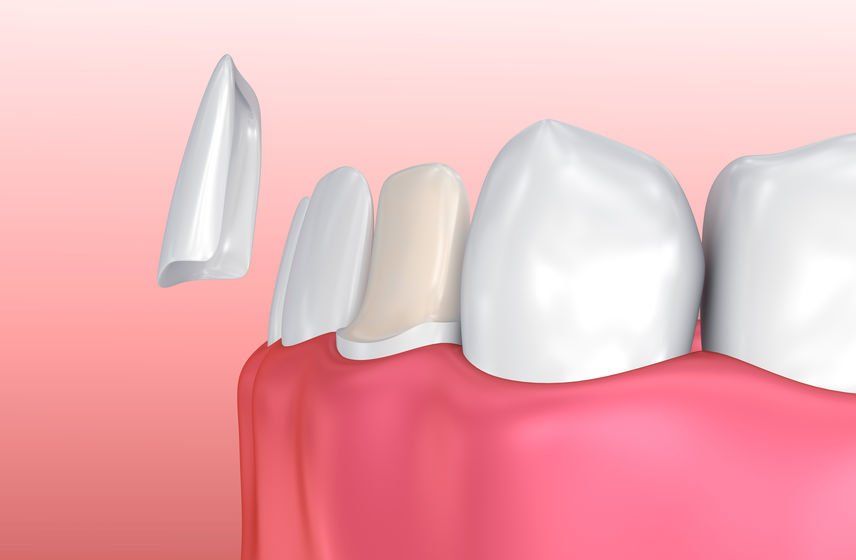What’s the Difference between Veneers and Bonding?

There are 2 types of dental treatments that can greatly improve a patient's physiognomy: veneers and bonding. Applied correctly, both can make your smile more beautiful, but what is the difference between the two? And how can you know which is the best choice for you?
Ceramic veneers
Ceramic veneers are perhaps the most beautiful restorations in the field of dental aesthetics. They are made at the dental laboratory according to a print taken by the dentist.
Ceramic veneers are strong enough to cover much larger spaces than bonding; consequently, they can be used in all clinical situations that have restoration as a treatment option. Ceramic veneers are extremely strong and durable, they rarely crack or chip and have excellent color stability. The lifespan can reach up to 15-20 years, if properly cared for. Dental veneers are translucent and they reflects light almost like natural dental enamel, see https://coloradosedation.com.
Dental bonding
Composite materials cannot restore large spaces; for this reason, most specialists do not recommend them for very short and abrasive teeth, extensive dental fractures or for closing large and unsightly spaces between the teeth. Dental bonding is convenient because it can be made during a single visit to the dentist; on the other hand, ceramic veneers require at least two visits. Additionally, dental bonding is cheaper (half the price of ceramic veneers).











